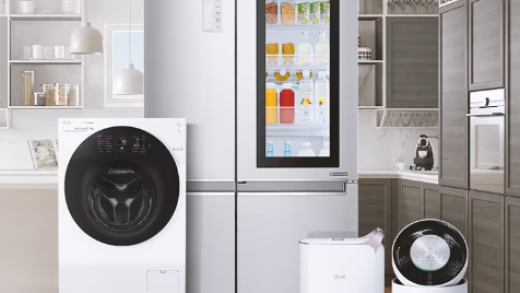Sugar gliders, those adorable and sociable marsupials, have captured the hearts of many exotic pet enthusiasts. As a responsible owner, it is crucial to understand the signs that indicate your sugar glider has formed a genuine bond with you. In this comprehensive guide, we will explore the various levels of bonding and provide you with expert insights on how to recognize when your sugar glider is truly connected to you.
1. Establishing Trust:
Building trust is the foundation of any strong bond. Sugar gliders are naturally cautious creatures, so it is essential to create a safe and nurturing environment for them. Spend quality time near their enclosure, speaking softly and offering treats to establish a sense of security. Gradually introduce your scent by placing a worn t-shirt or cloth in their habitat, allowing them to become familiar with your scent.
2. Social Interaction:
Sugar gliders are highly social animals and thrive on companionship. As your bond strengthens, your glider will display signs of seeking interaction with you. They may approach you willingly, climb onto your hand or shoulder, and even groom your hair or skin. These actions demonstrate their comfort and trust in your presence.
3. Vocalization and Communication:
Sugar gliders have a unique way of communicating their emotions. Pay close attention to their vocalizations, such as chirping, barking, or crabbing. Over time, you will notice a distinct change in their vocal patterns when they are bonded to you. They may emit softer, more contented sounds, indicating their happiness and attachment.
4. Mutual Play and Exploration:
Engaging in playtime is an excellent way to strengthen the bond with your sugar glider. As they become more comfortable, they will actively seek out interaction and initiate play sessions with you. Observe their behavior during play, noting if they exhibit signs of excitement, trust, and a desire for physical contact. Mutual exploration, such as allowing them to climb on you or explore your surroundings, is another positive indicator of a strong bond.
5. Dependence and Reliance:
When your sugar glider starts relying on you for comfort and security, it is a clear sign of a deep bond. They may seek refuge in your presence, snuggle against your body, or even fall asleep in your hands. This level of dependence demonstrates their trust and attachment to you as their primary caregiver.
Conclusion:
Understanding the signs of a bonded sugar glider is crucial for providing them with the love and care they need. By establishing trust, encouraging social interaction, interpreting vocalizations, engaging in play, and observing their dependence, you can confidently determine the strength of your bond. Remember, building a strong connection takes time and patience, but the rewards of a deep bond with your sugar glider are immeasurable.


